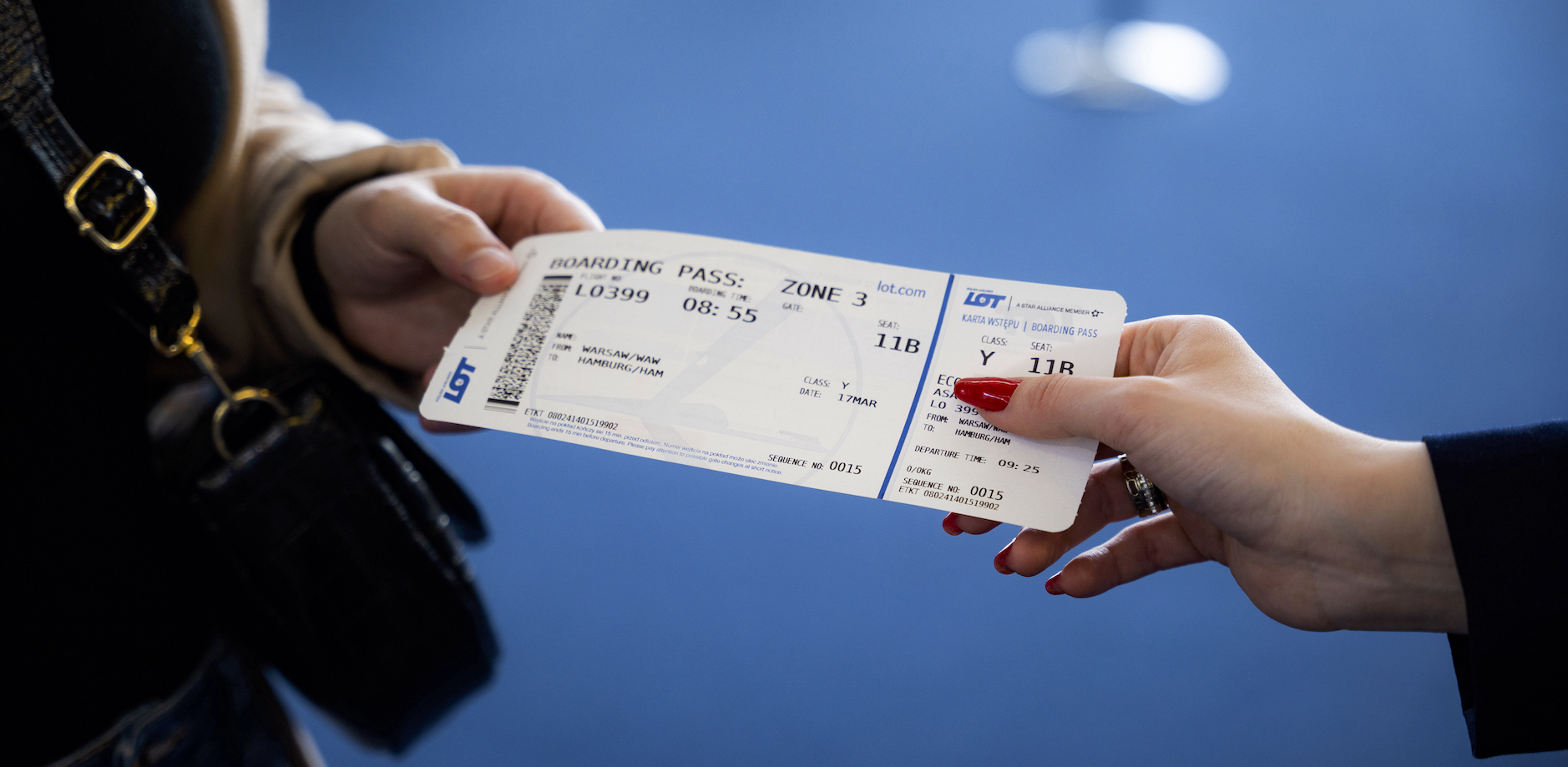Click here to read Air4casts' latest collaboration with DFNI on South Korea's visitor profile.
Alternatively you can read on below.
South Korea's inbound tourism market was almost back to 2019 levels last year and the country's largest airport, Seoul Incheon, has been comfortably ahead of 2019 for the last five months. Alongside the air travel boost Korea's cruise market delivered exponential growth in 2024.
Despite what appears to be a positive backdrop however, the downtown Travel Retail market is suffering because of the lack of Chinese shoppers while airport retail sales remain healthy.
This latest edition of the Traveller Insights Series, produced exclusively for DFNI by Travel Retail data experts Air4casts, examines some of the drivers behind South Korea's rapidly evolving inbound tourist market.
The series aims to provide fresh insights into the characteristics of each of the major travelling nationalities and markets. The analysis comes from the Air4casts Travel Retail data platform.
Japanese Visitors Remain Strong
One of the most striking features of Korea's visitor profile last year is that while Chinese visitors were sharply adrift compared with 2019, second placed Japanese visitors remained steady. There were months during 2024 when there were more Japanese than Chinese tourists, a phenomenon pretty much unheard-of before the pandemic.
The other important change last year was the large increase in visitors from the USA, Canada and other key Western nations. American visitors were over 25% points higher than pre-pandemic and they took fourth place in the visitor rankings.

What has happened in Korea is that the void left by Chinese visitors has been comfortably filled by a whole range of different nationalities, many of whom are not noted for their generous spending in Travel Retail.
The Western nations have increased their presence by over a quarter while the Chinese have declined by a similar proportion since 2019.
A Changing Demographic Profile
With the change in nationality mix comes a change in visitor demographics. Traditionally, visitors to South Korea have been predominantly young and female, largely owing to the profile of the Chinese tourist.
Now that Western nations are making up a greater part of the visitor mix than in previous years there has been a shift towards more male and slightly older visitors. The age element in this new visitor mix is clearly illustrated by a selection of the key visiting nationalities at the end of last year.
Chart Two – Age Profile December 2024

Taking a snapshot of the core 20 to 60 adult age bracket, for Chinese and Japanese tourists the Gen Z age profile took around 40% of the total adult tourist population.
In contrast, for the rapidly rising American and Singaporean contingent the young visitor element was down to well under a third and for Indian visitors to just 25% of the total visitor count.
Both Japan and the USA also had sizeable numbers of older visitors. Some 22% of both Americans and Japanese were aged between 50 and 59, double the proportion of the Chinese visitors.
Cruise Arrivals are Booming
On an upbeat note, the cruise market took off with a vengeance in 2024 with well over 700 thousand cruise passengers stopping off from a cruise at one of the country's ports. In 2023 that number was just 200 thousand.
Jeju was the biggest port by far for cruise passenger arrivals and it eclipsed Busan by putting on growth compared to 2023 of some 600 percentage points.
Chart Three - South Korea Cruise Arrivals by Port

Busan fell back slightly over 2023 to take second place behind Jeju and Incheon jumped fivefold year on year to take the third slot.
The age profile of cruise passengers disembarking at Korea's ports is significantly different from the overall visitor age profile. For those taking cruises, travellers aged over 60 outpaced Gen Z by a comfortable margin last year and most of them, unsurprisingly, came from mainland China.
For more information on the Air4casts Travel Retail data suite please contact: emma.robinson@air4casts.com



